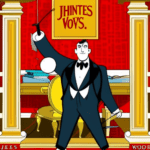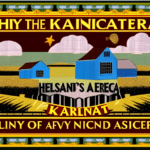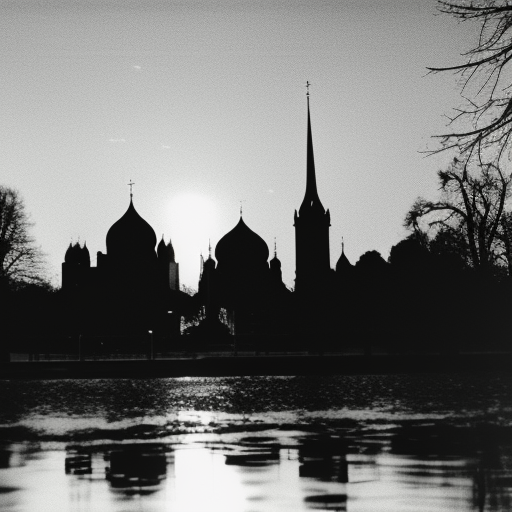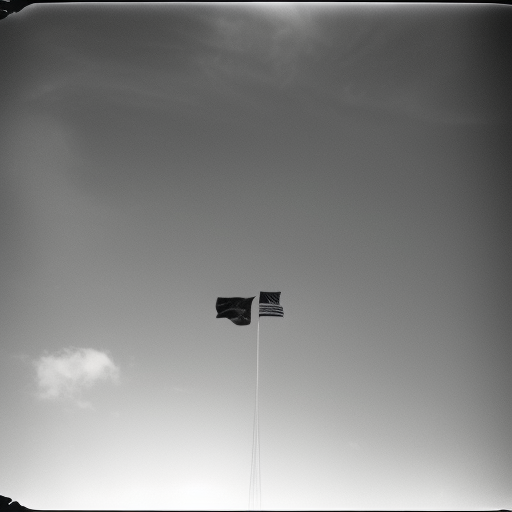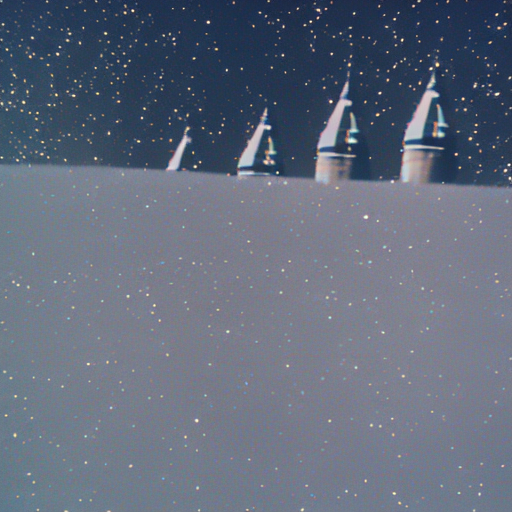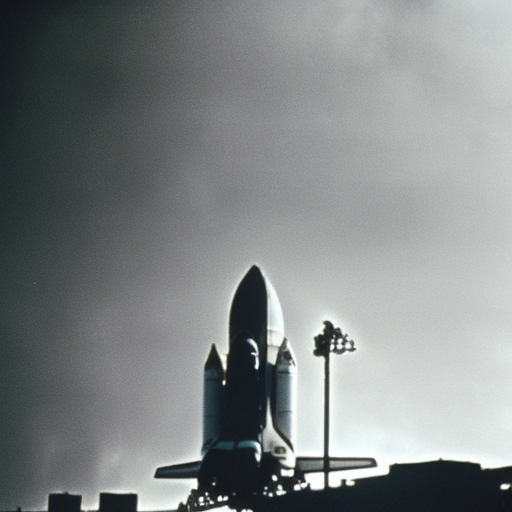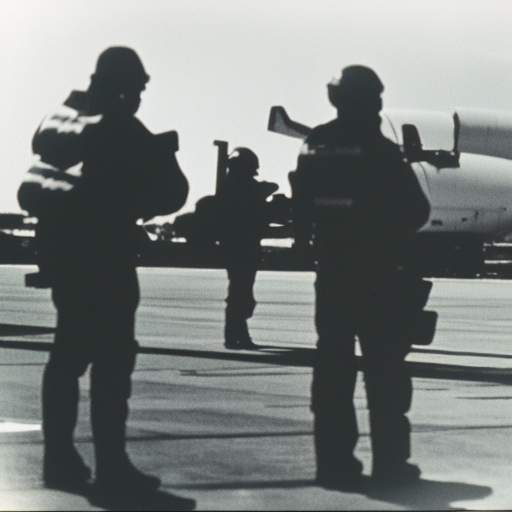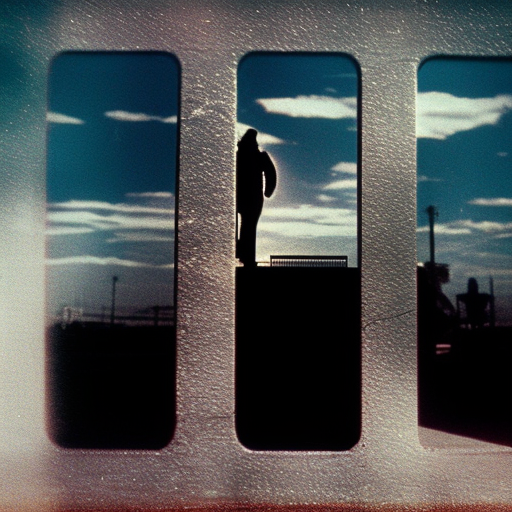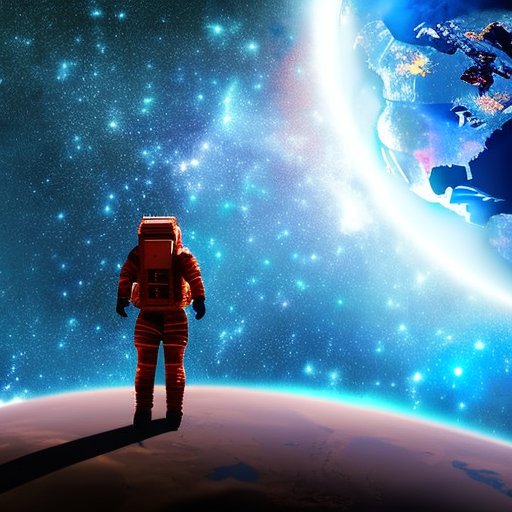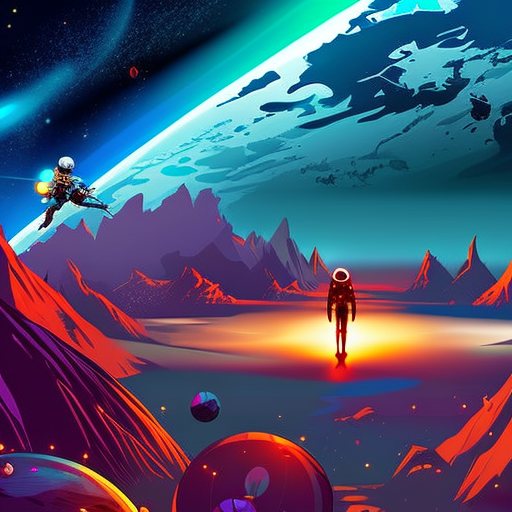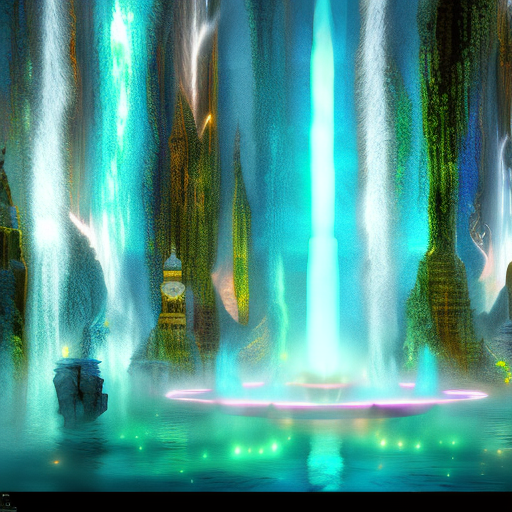Space shuttles are reusable spacecraft designed for human space travel and satellite deployment, revolutionizing space exploration.
Korabl-Sputnik 1 Explained
Korabl-Sputnik 1 was the first spacecraft to carry living organisms, including a dog named Laika, into orbit around Earth.
STS-41-B Explained
STS-41-B was the tenth Space Shuttle mission and the fourth flight of the Challenger, marking the first untethered spacewalk.
A Trip to the Moon Summary
A Trip to the Moon” is a pioneering silent film by Georges Méliès that follows a group of astronomers on an adventurous journey to the moon.
Apollo program Explained
The Apollo program was a series of manned space missions conducted by NASA from 1961 to 1972, which successfully landed humans on the moon.
Space Shuttle Columbia disaster Explained
The Space Shuttle Columbia disaster was a tragic event in 2003 when the shuttle disintegrated upon re-entry, resulting in the loss of all seven crew members.
STS-107 Explained
STS-107 was the tragic space shuttle mission that ended in the disintegration of the Columbia orbiter upon re-entry, resulting in the loss of all seven crew members.
STS-51-L Explained
STS-51-L was the tragic space shuttle mission that ended in the Challenger disaster in 1986.
The Calculating Stars Summary
‘The Calculating Stars’ by Mary Robinette Kowal is a thought-provoking alternate history novel where a meteor strike accelerates the space race and a determined female mathematician fights against gender biases to become an astronaut.
Have Space Suit—Will Travel Summary
A young boy wins a spacesuit in a contest and embarks on an interstellar adventure to save the Earth from an alien threat.
The Fountains of Paradise Summary
‘The Fountains of Paradise’ by Arthur C. Clarke is a science fiction novel that explores the construction of a space elevator on Earth.
